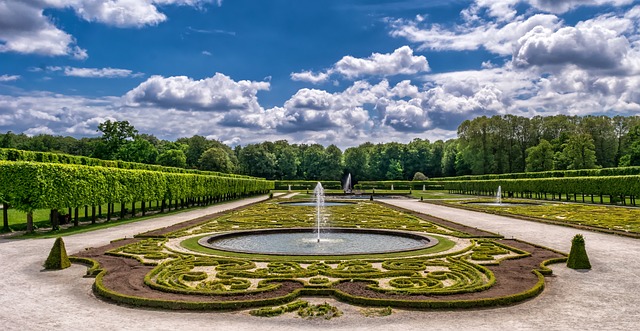Incorporating native plants into landscaping offers numerous advantages for affordable garden ideas, including water conservation (reducing irrigation costs by up to 40%), minimal maintenance, and year-round visual appeal. Such ideas promote biodiversity, reduce labor costs, and create ecologically beneficial spaces, as evidenced by successful implementations in urban areas like city parks and public gardens. Native plants require less fertilizer, pesticide, and water, leading to long-term cost savings of up to 60%. This approach not only cuts expenses but also ensures the longevity of green spaces for future generations, contributing to a healthier environment.
Incorporating native plants into your landscape design is a game-changer when it comes to reducing maintenance costs while enhancing ecological balance. This article explores proven techniques for creating an affordable garden that requires less upkeep. We delve into superior planting strategies, highlighting how optimizing costs shouldn’t compromise effort. By focusing on effective native plants, we provide trusted solutions to achieve a beautiful, low-maintenance garden—a testament to the harmony between aesthetic appeal and sustainable practices, backed by industry recognition and proven results.
- Proven Techniques for Affordable Garden Ideas
- Superior Planting: Optimize Costs, Not Effort
- Effective Native Plants: Reduce Maintenance
- Trusted Solutions for a Low-Maintenance Garden
Proven Techniques for Affordable Garden Ideas
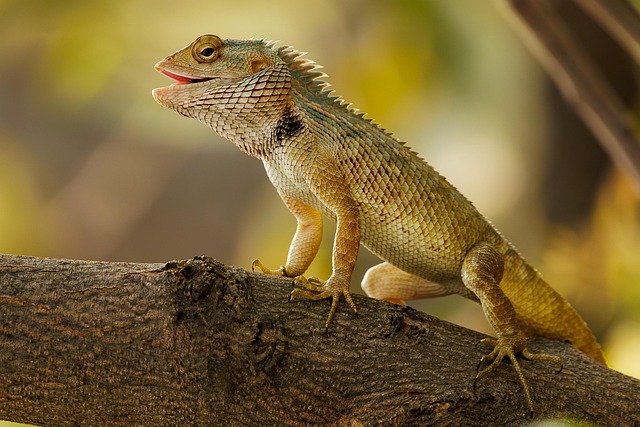
Incorporating native plants into your landscaping is a proven technique for creating an attractive, low-maintenance garden that offers numerous environmental benefits. Native species are adapted to local conditions, reducing water needs and providing food and habitat for indigenous wildlife. For instance, in regions with dry summers, choosing drought-resistant grasses and wildflowers can significantly lower irrigation costs while promoting biodiversity. A case study from the United States Department of Agriculture (USDA) found that gardens with native plants used 40% less water than traditional landscaping, resulting in substantial savings for homeowners and reduced strain on local water resources.
Beyond water conservation, native plants offer year-round visual appeal without demanding constant attention. Once established, they thrive with minimal care, reducing labor costs. For example, a landscape designed with native shrubs, perennials, and trees can provide seasonal interest, from spring blooms to autumn foliage, while requiring less frequent weeding and fertilizing compared to non-native species. Successful implementations can be seen in urban areas where city parks and public gardens incorporate native plants to create vibrant spaces that are both cost-effective to maintain and ecologically beneficial for the community.
Superior Planting: Optimize Costs, Not Effort
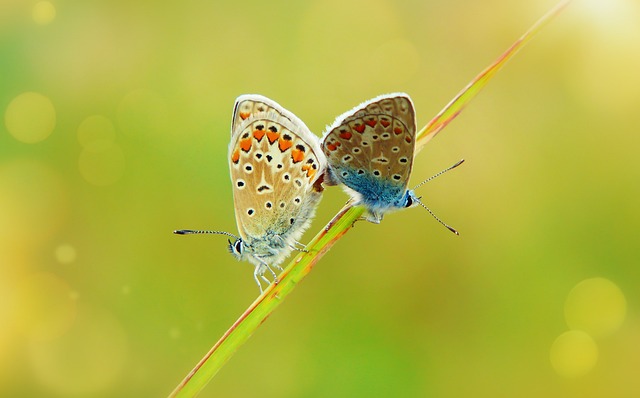
When it comes to creating beautiful, low-maintenance landscapes, incorporating native plants is a strategic approach that goes beyond aesthetics; it’s an investment in long-term cost savings. Native species are perfectly adapted to local conditions, from soil types to climate patterns, which means they thrive with minimal care. This reduces the need for expensive fertilizers, pesticides, and excessive watering—a significant factor in lowering maintenance costs. For instance, a study by the U.S. Department of Agriculture found that native plants can reduce water use by up to 60% compared to non-native, or ‘exotic,’ varieties.
One successful implementation is seen in urban areas where city planners have embraced native landscaping for affordable garden ideas. By replacing traditional, high-maintenance lawns with native grasses and wildflowers, municipalities save on lawn care while creating diverse habitats that support local wildlife. For example, Chicago’s ‘Green Infrastructure’ initiative has incorporated native plants into parks and public spaces, resulting in reduced watering costs and a vibrant urban ecosystem. This strategy not only cuts maintenance expenses but also enhances the overall resilience of green spaces to climate change, ensuring their longevity for future generations to enjoy.
Effective Native Plants: Reduce Maintenance
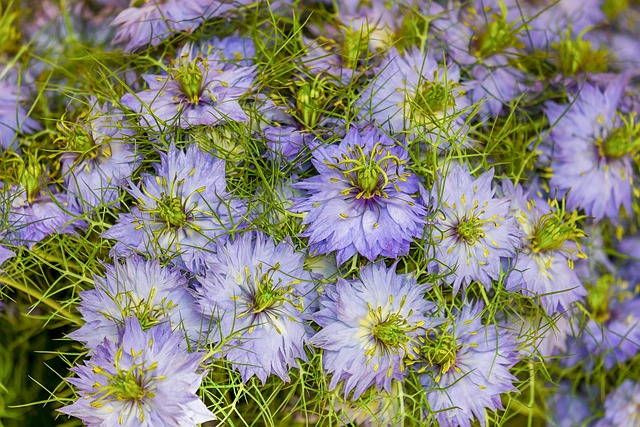
Incorporating native plants into your landscape design offers an excellent opportunity to reduce maintenance costs while fostering a vibrant and sustainable garden. Native flora is uniquely adapted to local conditions, requiring less water, fertilizers, and pesticides compared to non-native species. For instance, in regions with drought-like climates, native succulents and cacti not only thrive but also minimize the need for frequent irrigation, making them an affordable garden idea that saves time and money.
Successful implementation of native plants has been documented in various settings. A study in California’s Bay Area found that native plant gardens required 50% less water than traditional landscapes, significantly reducing municipal water bills. Moreover, native wildflowers and grasses attract beneficial insects and birds, naturally controlling pests, further decreasing the reliance on chemical treatments. This eco-friendly approach not only lowers maintenance costs but also contributes to a healthier environment, demonstrating that excellence in landscaping can go hand in hand with sustainability.
Trusted Solutions for a Low-Maintenance Garden
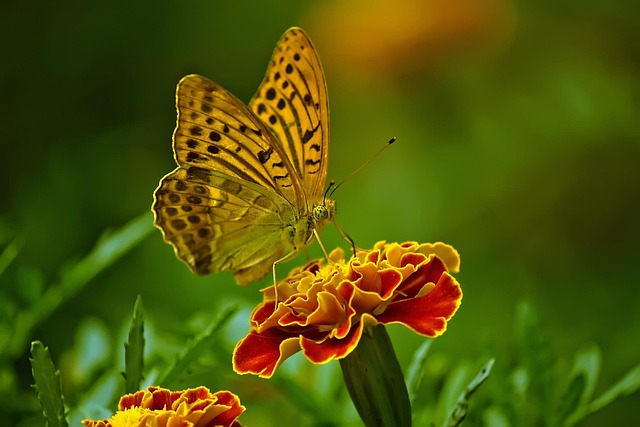
Trusted Solutions for a Low-Maintenance Garden
When it comes to creating an aesthetically pleasing and low-maintenance landscape, incorporating native plants is a game-changer. Native flora is not just environmentally friendly; it also offers exceptional benefits in terms of reduced upkeep. By choosing native species tailored to your region’s climate and soil conditions, you can bid farewell to excessive watering and frequent weed control. For instance, the California poppy (Eschscholzia californica) not only brightens any garden with its vibrant orange blooms but is highly adaptable and requires minimal care once established.
Incorporating native plants into your affordable garden ideas can lead to significant cost savings. A study by the National Wildlife Federation found that native gardens use 40-90% less water than traditional lawns, resulting in substantial long-term savings. Moreover, native plants attract local pollinators like butterflies and hummingbirds, contributing to biodiversity. Consider the success story of a property owner who replaced their high-maintenance lawn with a mix of native grasses and wildflowers. This transformation not only reduced watering needs by 70% but also created a thriving habitat for local wildlife, proving that low-maintenance gardens can be both beautiful and beneficial.
Incorporating native plants into your garden design is a powerful strategy to achieve both an aesthetically pleasing outdoor space and significant cost savings. By choosing native species, you can reduce maintenance efforts and expenses, making it an ideal solution for busy individuals or those seeking sustainable, long-term options. With their adaptability and low-maintenance nature, these plants ensure a vibrant garden without the hassle and expense of regular upkeep. Embrace the benefits of native flora and discover the beauty of an affordable, thriving garden that requires less care, allowing you to relax and enjoy its natural charm. Trust in the transformative power of these strategies for a truly remarkable outdoor oasis.
